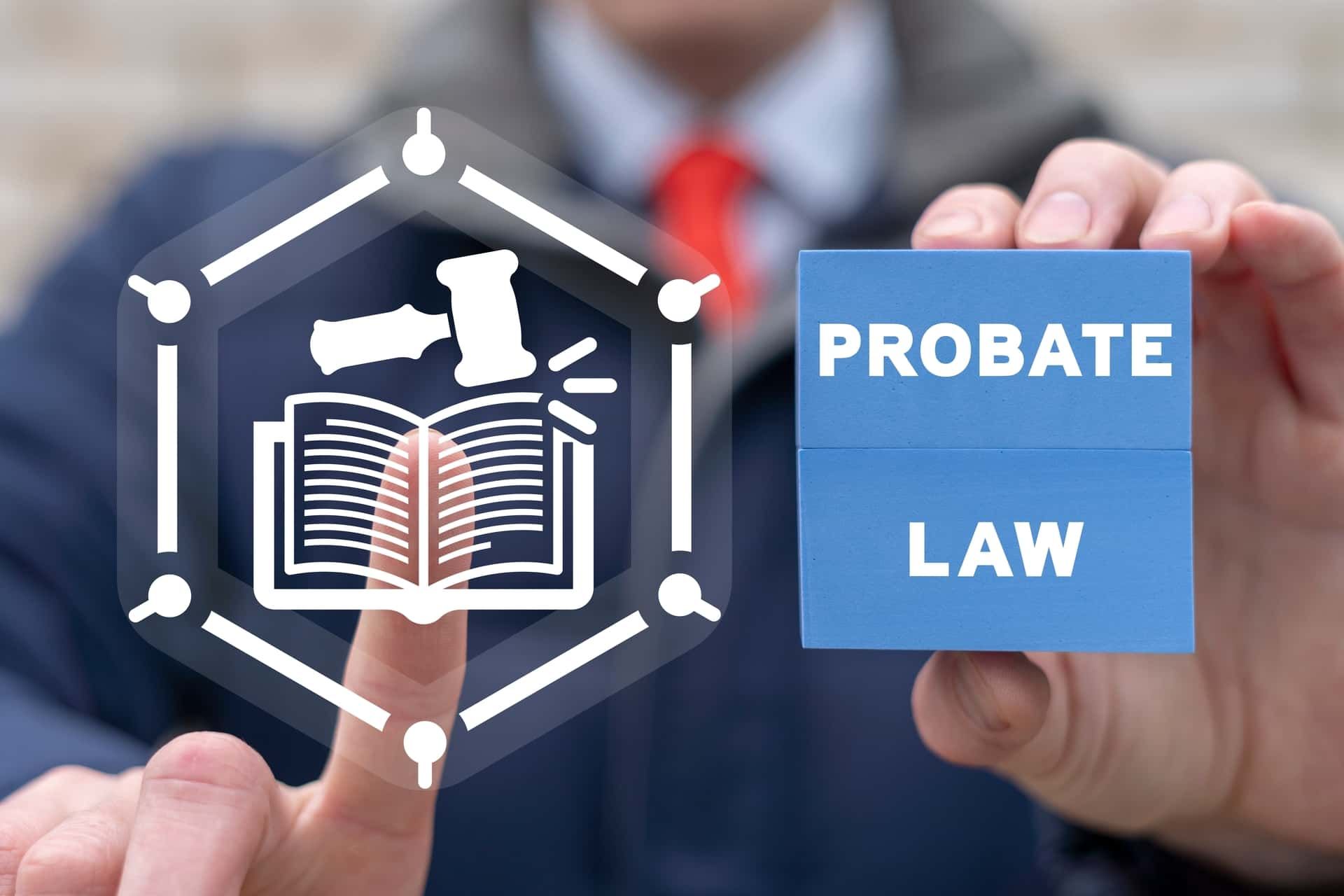Tax Reform Allows People With Disabilities To Put More Money Into Able Accounts
People with disabilities can now put more money into their tax-favored Achieving a Better Life Experience (ABLE) accounts and may, for the first time, qualify for the Saver’s Credit for low- and moderate-income workers, according to the Internal Revenue Service.
Tax Reforms
The Tax Cuts and Jobs Act, the tax reform legislation enacted in December, made major changes to the tax law for 2018 and future years, including increasing the standard deduction, removing personal exemptions, increasing the Child Tax Credit, limiting or discontinuing certain deductions and changing tax rates and brackets.
The new law also enables eligible individuals with disabilities to put more money into their ABLE accounts, qualify for the Saver’s Credit in many cases and roll money from their 529 plans — also known as qualified tuition programs — into their ABLE accounts.
States can offer specially designed ABLE accounts to people who become disabled before age 26. Recognizing the special financial burdens faced by families raising children with disabilities, ABLE accounts are designed to enable people with disabilities and their families to save for and pay for disability-related expenses. Though contributions are not deductible, distributions, including earnings, are tax-free to the designated beneficiary if used to pay qualified disability expenses. These expenses can include housing, education, transportation, health, prevention and wellness, employment training and support, assistive technology and personal support services, and other disability-related expenses.
Normally, contributions totaling up to the annual gift tax exclusion amount, currently $15,000, may be made to an ABLE account each year for an eligible person with a disability, known as a designated beneficiary. But, starting in 2018, if the beneficiary works, the beneficiary can also contribute part or all of what they make to their ABLE account.
This additional contribution is limited to the poverty line amount for a one-person household. For 2018, this amount is $12,140 in the continental U.S., $13,960 in Hawaii, and $15,180 in Alaska. However, the designated beneficiary is not eligible to make this additional contribution if their employer contributes to a workplace retirement plan on their behalf.
In addition, starting in 2018, ABLE account beneficiaries can qualify for the Saver’s Credit based on contributions they make to their ABLE accounts. Up to $2,000 of these contributions qualify for this special credit designed to help low- and moderate-income workers. Claimed on Form 8880, Credit for Qualified Retirement Savings Contributions, this credit can reduce the amount of tax a person owes or increase their refund. Like other IRS tax forms, Form 8880 will be revised later this year to reflect changes made by the new law.
ABLE Account Beneficiaries
In addition, some funds now may be rolled into an ABLE account from the designated beneficiary’s own 529 plan or from the 529 plan of certain family members.
Like other workers, ABLE account beneficiaries and other people with disabilities should make sure they are having the right amount of income tax withheld from their pay. Because of the far-reaching tax changes taking effect this year, the IRS urges all employees to perform a paycheck checkup now. Doing so now will help avoid an unexpected year-end tax bill and possibly a penalty. The easiest way to do that is to use the fully-accessible Withholding Calculator , available on IRS.gov.
Disclaimer: The information on this website and blog is for general informational purposes only and is not professional advice. We make no guarantees of accuracy or completeness. We disclaim all liability for errors, omissions, or reliance on this content. Always consult a qualified professional for specific guidance.
RECENT POSTS
CONTACT US






